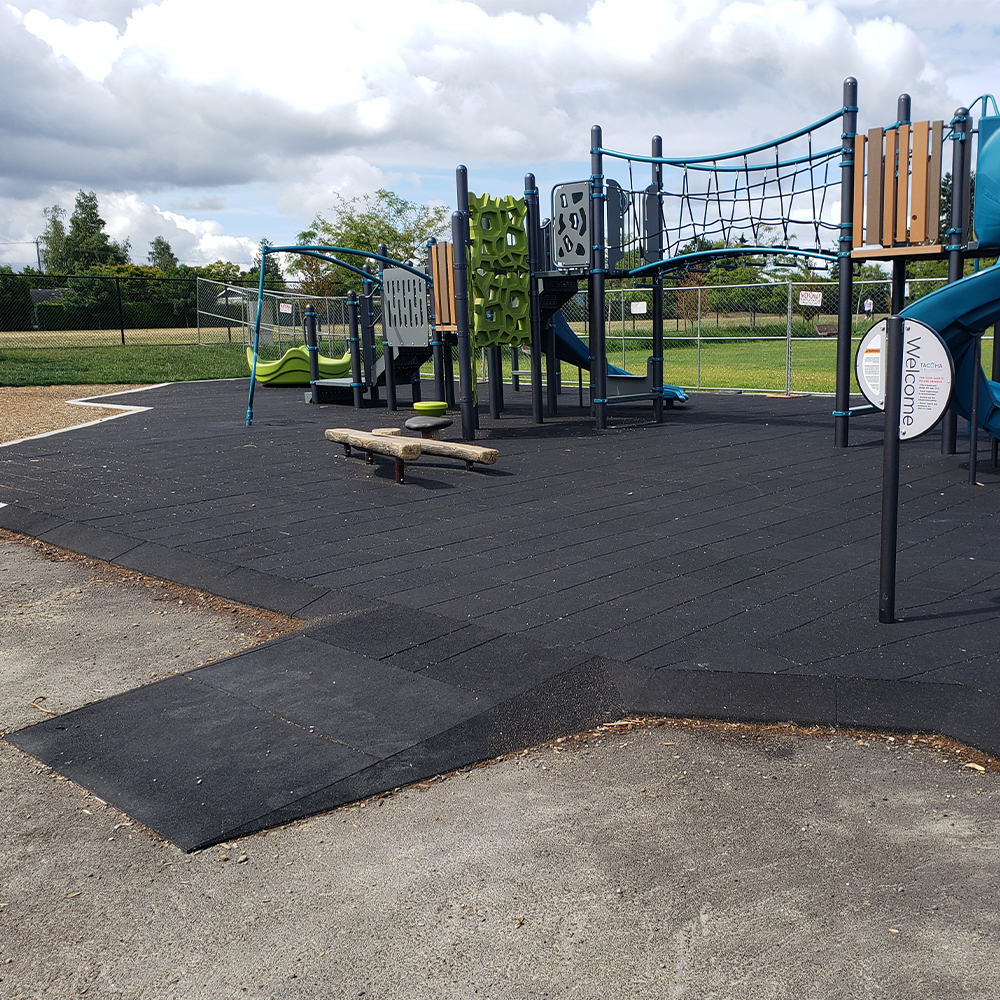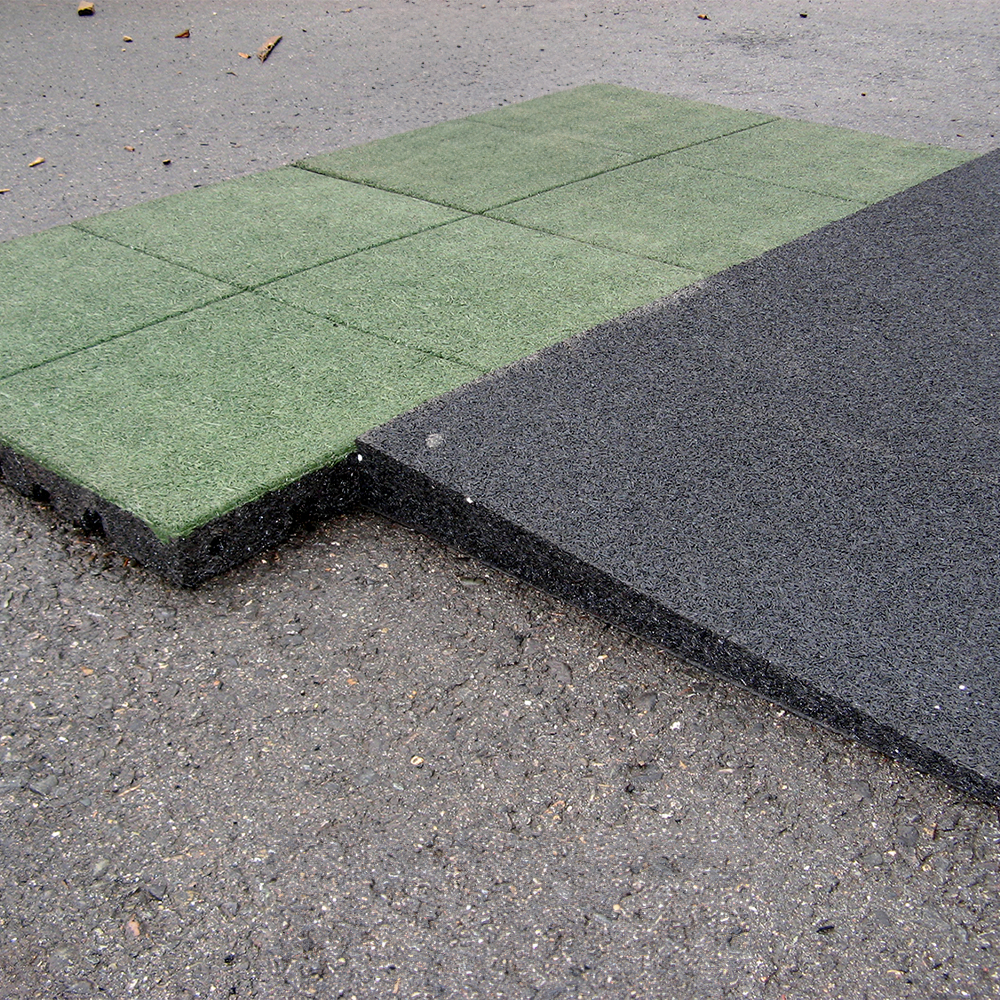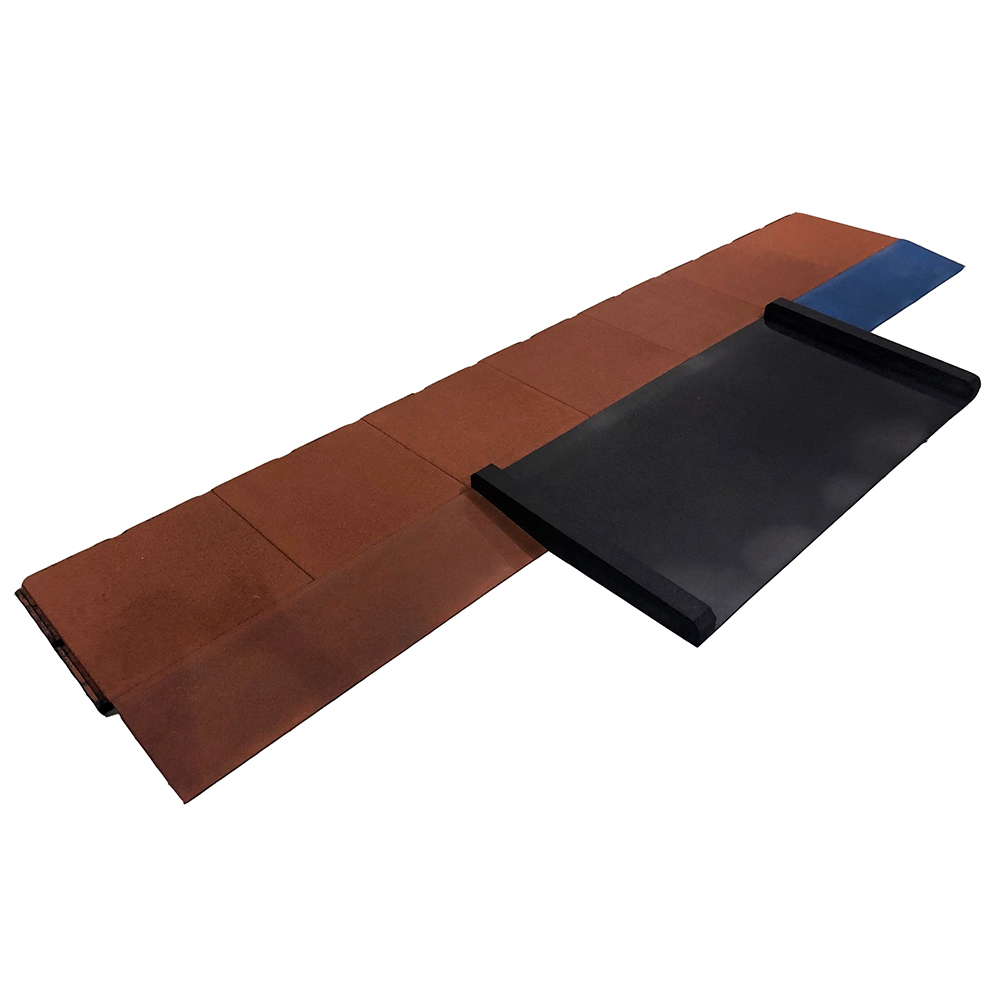What Makes a Playground Accessible?
An accessible playground allows everyone to use the space, regardless of handicap or disability. Such spaces are inclusive to those with special needs or who must use special equipment, like a wheelchair. The proper design of the play space keeps all kids safe while allowing them to have a lot of fun! (Which is the whole point, right?)
Beyond the actual playground equipment, the types of flooring in use are also important. At Greatmats, we offer several products that fit the definition of what makes a playground accessible. We’ll discuss some of the most important aspects of creating a design for an all-access playground before helping you figure out how you can make use of our products for a play area that’s safe, inclusive … and fun. Especially fun!
Understanding What Makes Playgrounds Accessible
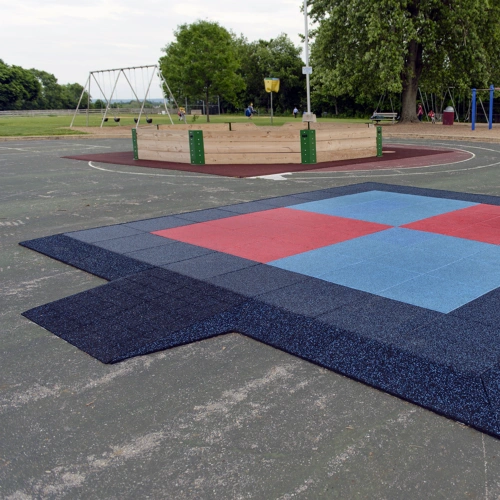
The Americans with Disabilities Act (ADA) has many regulations and rules that you must follow to create a playground that meets accessibility requirements.
- The surface must comply with ASTM 1951, which specifies the minimum accessibility requirements for use around playground equipment.
- The layout needs unobstructed paths to the play equipment.
- The equipment needs proper spacing between items.
- When using ramps to reach the playground flooring space, handrails are necessary.
- The playground surface and materials must meet ADA requirements related to safety.
- You must have a maintenance and inspection process in place to ensure the safety and viability of the materials.
- You must create a path from the parking area or the main building to the playground that’s safe for all to use.
The inclusive playground should provide equal opportunities for all children to have a safe space while enjoying a stimulating area for playing. Using ADA-compliant materials and designs is vital.
Steps to Take When Creating a Plan for an Accessible Playground
Some key steps you must follow when creating a plan for a playground perfect for all children include the following.- Pathway width: Inclusive playgrounds should have wide pathways leading to the play area and inside the play area around the equipment.
- Flat surface: Whether kids are in wheelchairs or walking with crutches, having a perfectly flat surface that allows the wheelchair to move smoothly and eliminates tripping hazards is key. You may need to prepare the ground underneath the rubber flooring used for the playground surface to ensure it is leveled.
- Add inclusive equipment: You may need to look for playground equipment that is inclusive for all kinds of children. Some equipment must be ground-based to accommodate kids who cannot climb or stand upright.
- Consider other necessities: Having areas that will be quiet zones for kids who struggle with becoming overstimulated is a smart idea in an inclusive playground. Using cushioned, noise-absorbing rubber flooring in these areas is helpful.
- Shade protection in rest areas: When you create areas for the kids – and the adults – to rest, make sure you provide some shade for them, whether that includes trees or man-made shade structures.
- Weather protection: Use durable flooring in the playground area that can withstand all kinds of weather so it can be left outdoors year-round. Rubber playground flooring offers this kind of durability.
- Consider heating from the sun: Although black is a common color for rubber flooring, it could heat up uncomfortably in constant sunlight, causing skin burns on the delicate skin of children. Consider some other, lighter colors, such as are found with our Sterling Premium Color Playground Tiles.
Flooring Products Aimed at Making a Playground Accessible
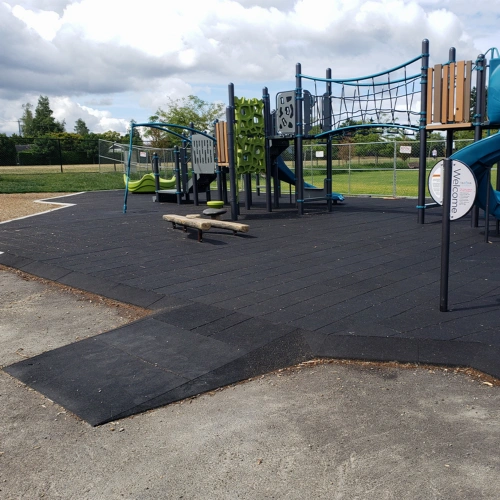
The ADA has certain requirements for products that make playground flooring wheelchair compliant.
Rubber Ramps
Installing gentle ramps gives those using wheelchairs the ability to move onto the playground flooring easily. The ADA requires a slope at a 1:12 ratio for compliance. The ramps must be at least 3 feet wide, although wider ramps up to 6 feet are desirable in high-traffic areas.
We offer several rubber ADA ramp products made to fit specific types of rubber flooring we offer. Using rubber in these wheelchair-friendly ramps, you receive extra durability versus plastic. Rubber also provides traction when wet versus damp plastic that becomes slippery.
Rubber Flooring
We have numerous rubber playground floors that give you the same durability and traction that you find with the ramps. Rubber also has a little bit of cushioning when people fall while playing.
At Greatmats, we have varying thicknesses available to match your specific needs. We offer a few different installation options, some of which are better for DIY jobs and some which work for a professional installation.
Let Greatmats Help You Figure Out How to Make a Playground Accessible
Once you understand the regulations, creating an accessible playground is simply a matter of picking the right products and installing them properly. If you need help with finding accessible flooring or with installation advice, the Greatmats customer service team is here.Our professionals love to help our customers find the perfect play space flooring. We know what to do, whether you need ramps or fall protection floors. Reach out to our accessible playground flooring experts today!
